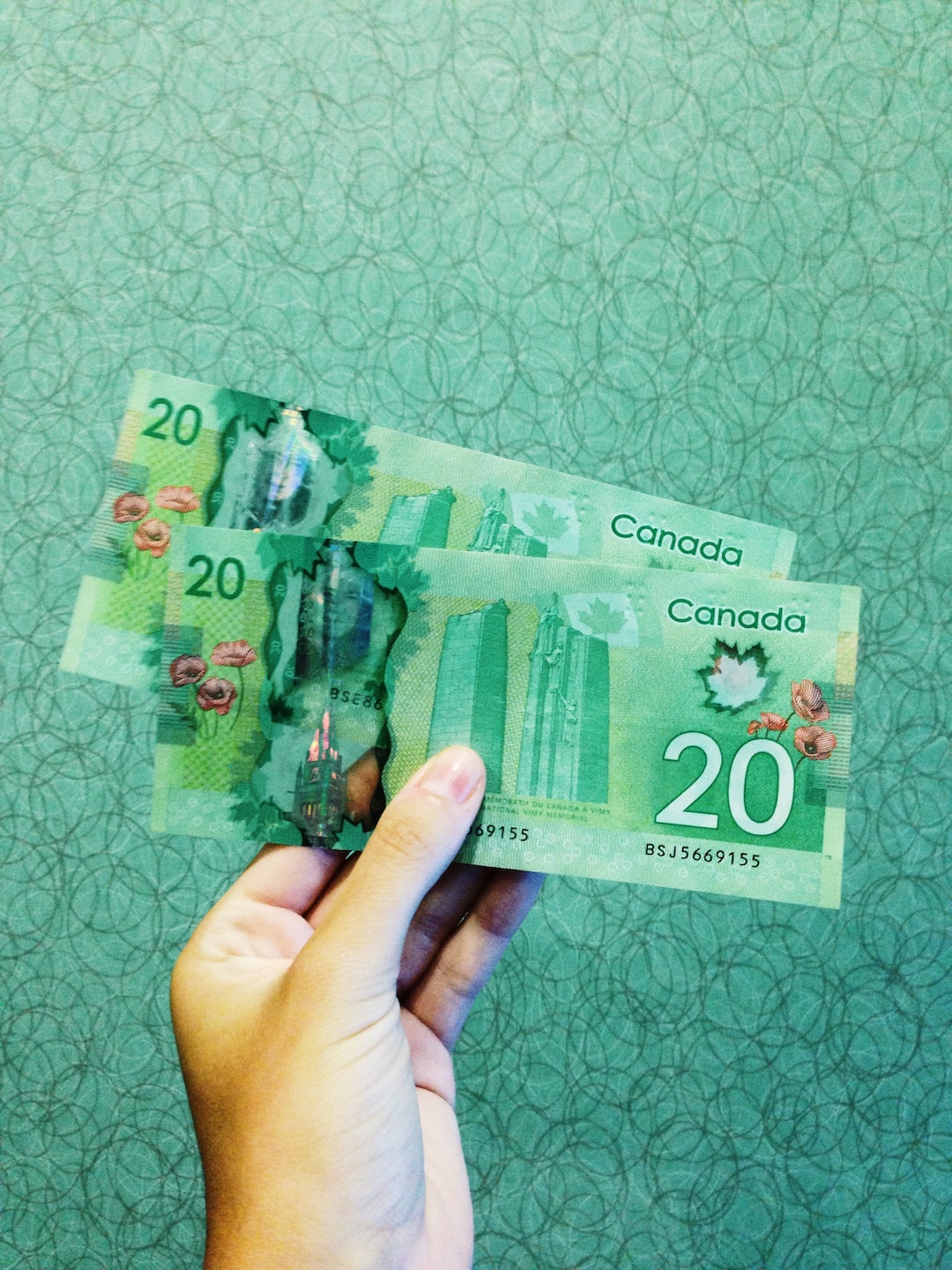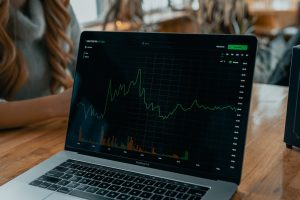Forex trading has become increasingly popular over the years, with more and more people looking to invest in the currency market. However, forex trading can be complex and requires a lot of knowledge and experience to succeed. This is where brokers come in. Brokers act as intermediaries between traders and the forex market, providing them with access to the market and a range of trading tools and services. In this article, we will explain how to get a broker for forex trading.
1. Understand the role of a forex broker
Before you start looking for a forex broker, it’s important to understand their role in the trading process. A forex broker is essentially an intermediary between you and the market. They provide you with a trading platform, access to the market, and a range of tools and services to help you trade. They also act as a counterparty to your trades, meaning that they take the opposite side of your trades. This is important to keep in mind as it can impact your trading strategy and the fees that you pay.
2. Research and compare brokers
Once you understand the role of a forex broker, the next step is to research and compare different brokers. There are a lot of brokers out there, so it’s important to take your time and do your due diligence. Some of the factors to consider when comparing brokers include:
– Regulation: Make sure that the broker you choose is regulated by a reputable regulatory body. This will help to ensure that your funds are safe and that the broker is operating in a transparent and fair manner.
– Trading platform: Look for a broker that offers a trading platform that is user-friendly, reliable, and has all the tools and features you need to trade effectively.
– Fees: Consider the fees that the broker charges, including spreads, commissions, and other charges. Make sure to compare fees across different brokers to find the best value for money.
– Customer support: Look for a broker that offers good customer support, including phone, email, and live chat support.
– Reputation: Check out online reviews and forums to see what other traders are saying about the broker. Look for a broker with a good reputation and a track record of satisfied customers.
3. Open an account
Once you have chosen a broker that meets your needs, the next step is to open an account. This typically involves filling out an online application form and submitting some personal and financial information. Depending on the broker, you may also need to provide proof of identity and address. Once your account is approved, you will receive login details for your trading platform.
4. Fund your account
Before you can start trading, you will need to fund your account. Most brokers offer a range of deposit methods, including bank transfer, credit/debit card, and e-wallets. Make sure to check the fees and processing times for each method before choosing one. Once your deposit has been processed, you can start trading.
5. Start trading
Now that you have a funded trading account, you can start trading. Make sure to familiarize yourself with the trading platform and all the tools and features available to you. Develop a trading strategy and start placing trades. Remember to manage your risk carefully and to never risk more than you can afford to lose.
In conclusion, getting a broker for forex trading involves understanding the role of a broker, researching and comparing different brokers, opening an account, funding your account, and starting to trade. By following these steps, you can find a reputable and reliable broker that meets your needs and helps you achieve your trading goals.





